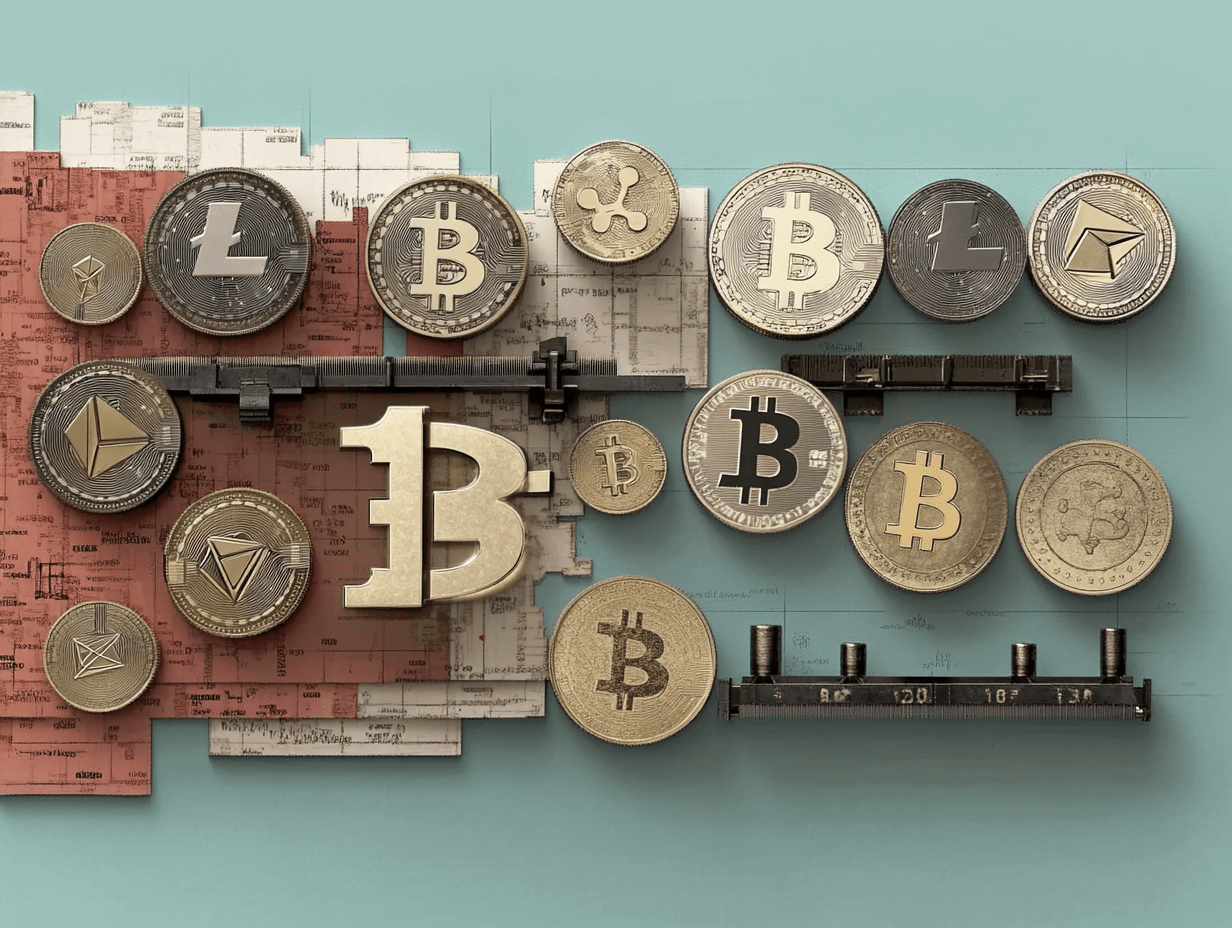Stablecoins and Money: Complementary, Perhaps—But Not the Same
Regulators now face a delicate balancing act: fostering innovation while preserving stability and public confidence—particularly in money as a store of value and a reliable medium of exchange. A commentary by Ignazio Angeloni

Fifteen years ago, former Fed Chair Paul Volcker famously dismissed financial innovation, claiming the most useful invention to come out of the banking industry in decades was the ATM.
In hindsight, this was perhaps overly cynical. Recent innovations—online platforms, mobile apps, and other digital tools—have made everyday payments faster and more convenient.
Settling a doctor’s bill, a supermarket tab, or a child’s allowance with a smartphone while sitting on the sofa or riding the metro has become second nature.
But not all innovations are created equal—or equally safe. One that’s currently in the spotlight is the stablecoin.
Originally developed to facilitate trading in more volatile cryptocurrencies like Bitcoin, stablecoins have grown in popularity and are now on the cusp of becoming instruments for everyday retail payments.
US President Donald Trump recently issued an executive order promoting their adoption. Should we brace for a future where we pay for our morning coffee with a stablecoin instead of cash or a banking app?
Not so fast.
Despite their name, stablecoins are neither truly stable nor equivalent to traditional money. Like any collateral-backed asset, their value fluctuates—minimally under normal conditions, but significantly in times of crisis, when collateral values become uncertain.
Structurally, they resemble money market funds, a financial innovation dating back to the 1970s. As with those funds, stablecoins derive their purported stability from a pool of backing assets. But no asset is truly stable—except, crucially, central bank money.
Indeed, the collapse of several money market funds during the 2008 financial crisis was part of what shaped Volcker’s pessimism about financial innovation. And the fundamentals of payment systems today still rest on a century-old principle: all transactions ultimately settle on the books of central banks.
This anchoring function provides trust and ensures the singleness of money. Stablecoins, by contrast, lack this anchor. Their values fluctuate and they operate outside the central bank's regulatory perimeter, settling instead on unregulated distributed ledgers.
Regulators now face a delicate balancing act: fostering innovation while preserving stability and public confidence—particularly in money as a store of value and a reliable medium of exchange. Stablecoins and sovereign money are not interchangeable in this regard, and should not be treated or regulated as such.
Stablecoin systems and traditional payment rails can coexist, but must not merge seamlessly.
Friction—such as settlement delays, transfer limits, and fees—should be deliberately maintained to prevent perfect substitutability. Within each system, interoperability and one-to-one convertibility are desirable; between systems, they pose a threat to monetary integrity.
The EU’s Markets in Crypto-Assets Regulation (MiCA), enacted in 2023, seeks to regulate issuers and service providers to protect consumers. While this is a welcome step, it is not enough.
Further safeguards are needed to preserve the integrity of sovereign currency, including restrictions on the connectivity between crypto-assets and traditional money. Notably, one-to-one convertibility between the two—currently allowed for “e-money tokens” under MiCA—should be reconsidered.
Trump’s executive order tasks a dedicated body with drafting new crypto legislation. We will soon see the outcome.
It is vital that any new rules protect the integrity of the payment system and the singularity of money from the confusion that could arise if stablecoins are treated as equivalents.
Equally important is preserving the Federal Reserve’s supervisory role—yet, notably, it was excluded from the task force.
In Europe, some hope that the digital euro—a central bank digital currency (CBDC) in development by the ECB—might defend “monetary sovereignty” against stablecoin encroachment. But that is doubtful.
The digital euro would merely add another payment option to an already crowded market. Its commercial success remains uncertain, and it offers no inherent advantage in warding off the risks posed by stablecoins.
Stablecoins may have a role in the evolving payments landscape. But they are not money—and should not be mistaken, or regulated, as such.
A previous version of this article was published by La Repubblica - Affari e finanza
IEP@BU does not express opinions of its own. The opinions expressed in this publication are those of the authors. Any errors or omissions are the responsibility of the authors.
